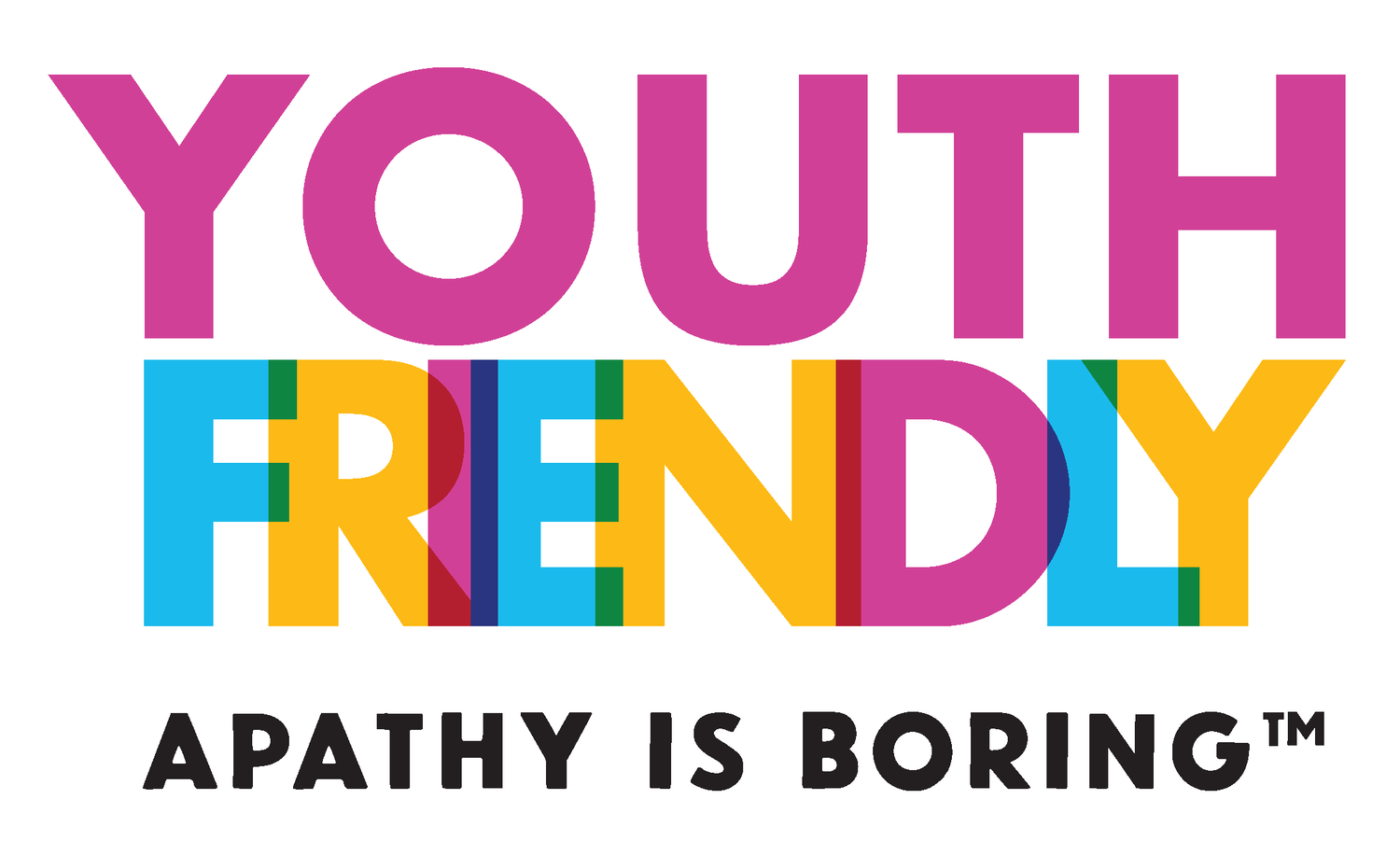Yes, The Gender Pay Gap Still Exists
Apathy is Boring’s RISE C8 Retreat in Vancouver, Remi Landry Yuan Photography
October is Women’s History Month, and while it’s a time for us to celebrate all the powerful women who have been agents of change, it’s equally important to talk about the existing systemic barriers that make it harder for women and gender marginalized youth to get ahead. One of the most glaring forms of inequality between genders is the pay gap. On average in Canada, working women earn approximately 89 cents for every dollar earned by men. And this gap is even wider for those who are Indigenous, living with a disability, racialized or newcomers. Young people who are starting their careers already face a wealth of challenges, like ageism, unpaid positions and gatekeeping. But women and gender marginalized youth also have to think about how their gender might impact their careers. With an increasing number of young women and gender diverse youth entering the workforce, unfair wages should no longer be a reality. Organizations and institutions that care about engaging young people can start by paying employees fairly, regardless of gender. Here’s what you need to know about the gender pay gap and some meaningful actions you can take to combat it.
One reason women are generally paid less is because of industry stigma. Jobs that are inherently seen as “women’s work” pay less than jobs that are seen as “men’s work”. Research suggests that when women make up a large percentage of a specific industry, wages become devalued. These biases — whether conscious or unconscious — leave women lower on the pay scale. An investigation from the Globe and Mail that examined workplace data found that not only are women being paid less, but they are significantly underrepresented in decision-making positions. This is especially true for women of colour. The data for gender-diverse people wasn’t obtainable in this study, but there is no doubt that non-binary, trans and two-spirited people, too, face significant pay challenges.
Women’s economic barriers have only gotten worse since the pandemic. COVID-19’s “she-cession” impacted women’s jobs more so than men’s, and experts suggest that it set back progress that had previously been made toward pay equality. However, with the help of women decision-makers, like Labour Minister Filomena Tassi, Canada is working to tackle the gender pay gap. In August, Tassi announced the federal Pay Equity Act, which requires federally regulated employers — like banks, crown corporations, and air transportation — to provide equal pay for work of equal value to all genders. It requires employers to review their workforces and create fully developed Pay Equity Plans by 2024. The act is a step in the right direction, but it only targets federally regulated workplaces, which make up about six percent of Canada’s workforce. For other industries in Canada, pay equity is still left up to employers. The amount you pay someone is a direct indication of how much you value them, and gender marginalized youth deserve to feel valued as contributing members of society. Here are some ways to eliminate the gender pay gap in your own organization.
Transparency is key
Without government mandates to ensure organizations are fairly compensating workers, it’s up to the organization to hold itself accountable. One way of doing so is by auditing records to see the discrepancy in pay between different employees doing similar work. To conduct these audits, employers must keep organized data of who exactly makes up the members of their organizations and what those people are doing. Keeping data about race, gender and other identifiers is key to ensuring transparency and an equal opportunity workplace. If your audit indicates a pay discrepancy or any other equity issue, act to resolve it. Don’t avoid looking into this because you are worried about what issues may be found. Being youth-friendly means being willing to discover the inequities in your organization, and working to solve them.
Be open to flexible work
The pay gap is worse for women who have children, and it is even wider and lasts longer for younger mothers ages 25-29. Flexible work arrangements — like allowing employees to make their own hours and giving them the option to work from home — benefit everyone, but especially women, who are often left with domestic and childcare responsibilities. Investing in affordable or free childcare for your employees also removes typical career barriers for women who have children. Overall, offering flexible schedules promotes a healthy work-life balance, thus preventing burnout and increasing productivity and morale.
Make women and gender diverse youth leaders
As the Globe report found, women don’t hold leadership positions in the workplace nearly as much as men. Establishing quotas for women-filled high-level positions will lead to higher innovation. Plus, young people entering your organization who see women and gender diverse people as leaders will themselves feel more inspired and encouraged to get engaged. To keep yourself accountable, monitor your hiring, promotion and compensation processes on an ongoing basis to ensure that women and gender diverse people are given the same opportunities and compensation as their male counterparts.
Remember
Young Canadians are future leaders, and how they interact with the world around them is a reflection of how they are treated by those in positions of power. As organizations and institutions of influence, it’s imperative that when welcoming youth to your organization, you’re mindful of their intersecting identities and show that you value them. This means paying all young people what they deserve.

